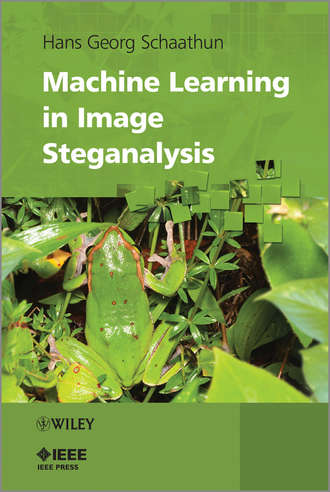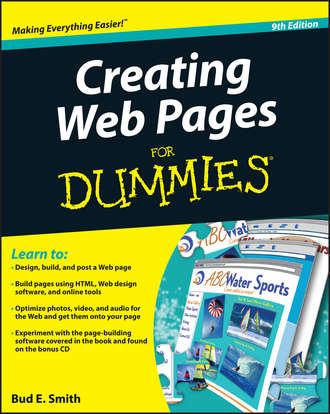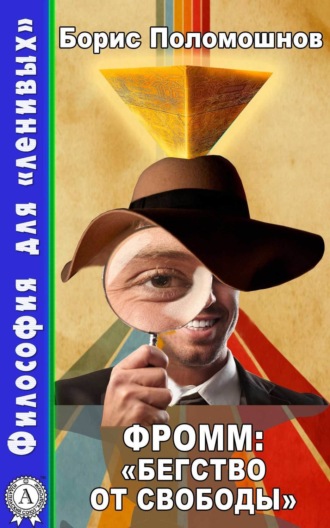Machine Learning in Image Steganalysis
4.05 из 5, отдано 13 голосов

Hans Schaathun Georg
Steganography is the art of communicating a secret message, hiding the very existence of a secret message. This is typically done by hiding the message within a non-sensitive document. Steganalysis is the art and science of detecting such hidden messages. The task in steganalysis is to take an object (communication) and classify it as either a steganogram or a clean document. Most recent solutions apply classification algorithms from machine learning and pattern recognition, which tackle problems too complex for analytical solution by teaching computers to learn from empirical data. Part 1of the book is an introduction to steganalysis as part of the wider trend of multimedia forensics, as well as a practical tutorial on machine learning in this context. Part 2 is a survey of a wide range of feature vectors proposed for steganalysis with performance tests and comparisons. Part 3 is an in-depth study of machine learning techniques and classifier algorithms, and presents a critical assessment of the experimental methodology and applications in steganalysis. Key features: Serves as a tutorial on the topic of steganalysis with brief introductions to much of the basic theory provided, and also presents a survey of the latest research. Develops and formalises the application of machine learning in steganalysis; with much of the understanding of machine learning to be gained from this book adaptable for future study of machine learning in other applications. Contains Python programs and algorithms to allow the reader to modify and reproduce outcomes discussed in the book. Includes companion software available from the author’s website.Категория: зарубежная образовательная литература
ISBN: 9781118437964
Правообладатель: John Wiley & Sons Limited
Легальная стоимость: 12246.47 руб.
Ограничение по возрасту: 0+




Комментарии ():